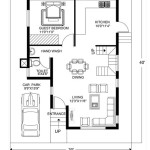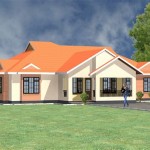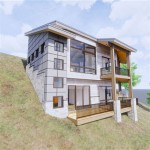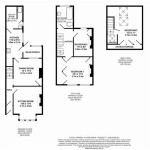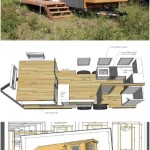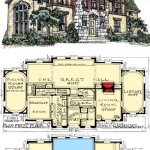Essential Aspects of Row House Floor Plans in Chicago
Row houses, a distinctive feature of Chicago's urban landscape, offer a unique combination of space, character, and affordability. Understanding the essential aspects of row house floor plans is crucial for potential buyers and homeowners alike. This article delves into the key elements that define these charming abodes, empowering you to make informed decisions about your living space.
Floor Plan Configurations
Row houses typically follow a standard floor plan layout, with the main entrance leading into a foyer or hallway. The first floor usually consists of a living room, dining room, and kitchen, while the upper floors house bedrooms, bathrooms, and additional living areas. Some row houses may have a finished basement, providing extra space for recreation, storage, or a guest room.
Natural Light and Ventilation
Due to their attached nature, row houses often benefit from ample natural light and ventilation. Large windows on both the front and back of the house allow for plenty of sunlight to penetrate the interior, creating a bright and airy atmosphere. This also facilitates cross-ventilation, promoting air circulation and reducing the need for artificial lighting.
Shared Walls and Soundproofing
As mentioned earlier, row houses share walls with their neighboring units. This can raise concerns about sound transmission. However, modern construction techniques and soundproofing measures help mitigate noise levels. Double-pane windows, insulated walls, and resilient flooring are employed to minimize noise from adjacent units, ensuring a comfortable living environment.
Outdoor Space
While row houses may not have sprawling backyards, they often feature small outdoor spaces such as porches, patios, or balconies. These areas provide a private oasis where residents can relax, entertain guests, or simply enjoy the fresh air. Some row houses may also have shared communal gardens or green spaces, offering additional outdoor amenities.
Architectural Styles and Character
Chicago row houses exhibit a diverse range of architectural styles, including Victorian, Edwardian, and Prairie School. Each style brings its unique character and aesthetic charm to the neighborhood. From ornate facades with decorative cornices to functional designs with clean lines, row houses add architectural interest and personality to the city's streetscapes.
Energy Efficiency and Sustainability
Many row houses in Chicago have undergone renovations and upgrades to improve their energy efficiency and sustainability. Energy-efficient appliances, LED lighting, and smart home systems can reduce utility costs and minimize the home's environmental impact. Some row houses may also incorporate renewable energy sources, such as solar panels, to further reduce their carbon footprint.
Lifestyle Considerations
Row house living offers a unique blend of urban conveniences and a sense of community. They are typically located in close proximity to public transportation, schools, parks, and amenities, making them an ideal choice for professionals, families, and anyone seeking a vibrant urban lifestyle. The shared nature of row houses also fosters a sense of community among neighbors, creating a friendly and welcoming environment.

Inside Stonehouse Chicago House Floor Plans

A Brief History Of Chicago S Pullman District Through Photos Row House Design

Pullman House Plans By Solon Beman Chicago History Row Design

Pin By Lori G On Row Homes Chicago Architecture House Plans Floor

Two Y Duplex Designs With 8 Bedrooms Mojo Homes

Rowhouse Floor Plans

Two Y Duplex Designs With 8 Bedrooms Mojo Homes

Stefanie Le S Brooklyn Limestone Hotel Floor Plan Town House Single Story Plans

Pin By Tania Mclaren On Granny Flat Ideas House Floor Plans Chicago Homes For

Prospect Heights Row House Gets Stunning Budget Transformation


